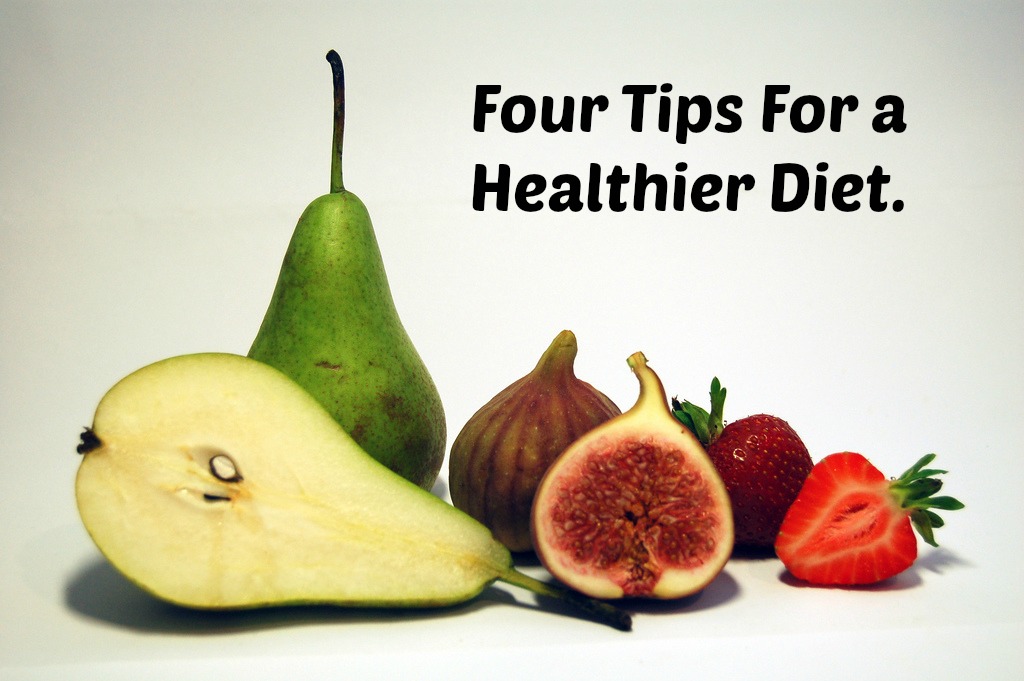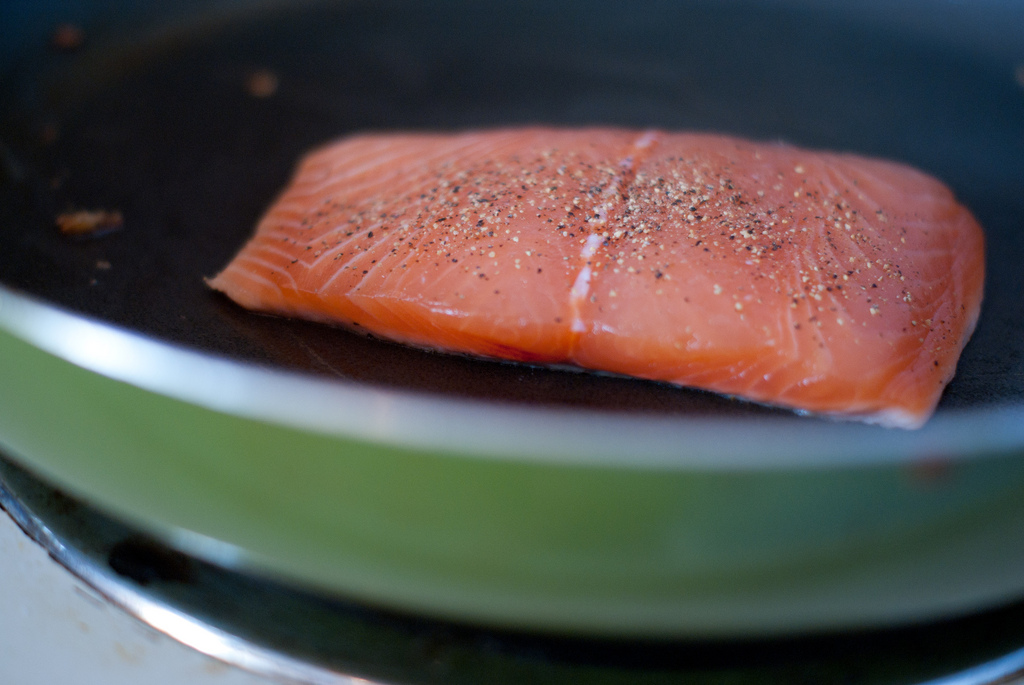It seems there is a lot of contradictory information out there about healthy diets. Many people have incredibly strong feelings about how they fuel their bodies and they are not afraid to share their opinions. It can be hard to keep up with the latest research because the information is always changing. One minute, carbs are good- the next, carbs are bad. First you hear, don’t eat fat then you hear eat all the fat you want. It can be confusing because new research is always being released. However, here are 4 tiny tips I think most everyone can agree on.
- Eat whole foods. Try to make the majority of calories you consume come from whole foods. Eat foods you recognize with a minimum of ingredients- all of which you can pronounce. Avoid food that comes in a box or package. Food in its natural state is the best.
- Eat healthy fats. Your body needs fat to survive. Fat is necessary for absorption of the fat soluble vitamins D, E, K and A, for insulation for your organs and to help keep your body warm. Fat helps produce hormones and biochemicals and is in every cell in the body. However, not all fat is healthy. Avoid trans fats like those found in baked goods or processed foods. Get your fats from real food sources like seeds, nuts, avocados, fatty fish, meat and eggs.
- Eat a variety of foods every day. Try to eat as many different colors of natural foods as possible. Blue blueberries, red apples, dark green leafy greens, vibrant orange butternut squash and purple eggplant all offer different essential vitamins and minerals.
- Move your body. The Center for Disease Control recommends 150 minutes a week of moderate-intensity aerobic activity and muscle strengthening activities on 2 or more days a week. These recommendations do not mean you have to go sweat it out in the gym- any kind of activity which gets your heart rate up will qualify. It doesn’t matter if it is gardening, running, boot camp or ballroom dancing. Just be sure to choose something you like so you are motivated to keep doing it. Consistency is key!!
Photo by Alex Lomas on flickr.


